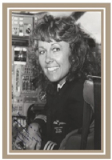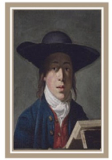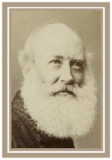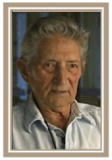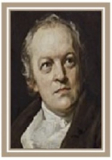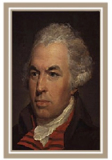Ernest Joyce (1875 – 1940) Antarctic Explorer
Ernest was a highly decorated explorer awarded the Albert Medal for his bravery during the Imperial Trans-Antarctic Expedition and the Polar Medal with 4 bars by the Royal Geographical Society, only one other person having achieved this.
Born in Felpham in 1875, his father was a coastguard living in one of the fifteen cottages in Admiralty Road. Ernest began his naval career at the age of 15, when he joined Captain Scott's 1901 Discovery Expedition as an able seaman.


